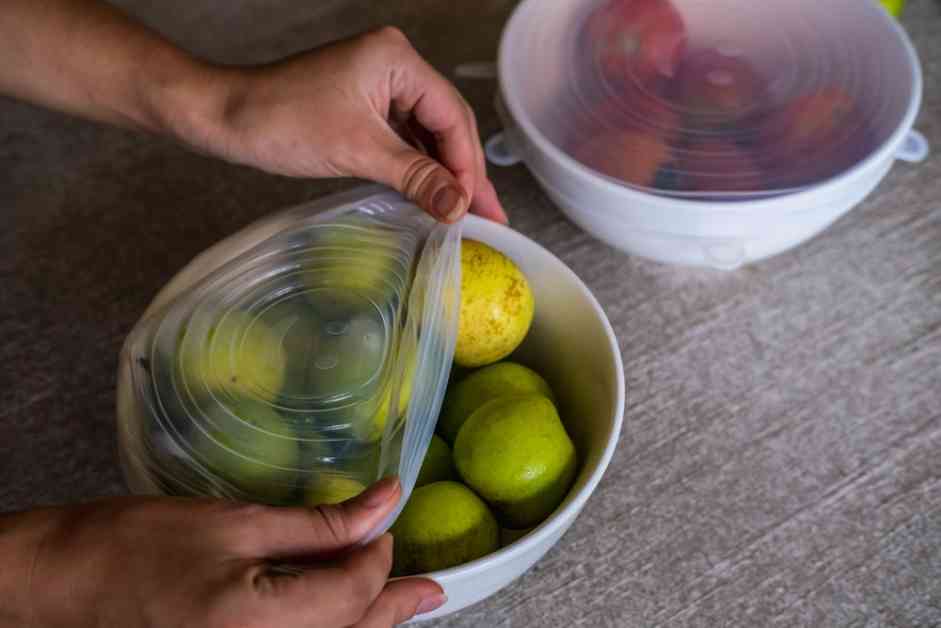In today’s world, sustainability is becoming increasingly important across various industries, and packaging is no exception. One area that is undergoing significant change to meet environmental demands is stretch wrap, a commonly used material for securing goods during transportation.
Stretch wrap has been essential for protecting products on pallets and minimizing damage during transit. However, its environmental impact has raised concerns. As a result, there is a growing focus on developing eco-friendly stretch wrap options that are effective and sustainable.
Traditional stretch wrap is typically made from low-density polyethylene (LDPE), a strong and flexible plastic. While LDPE is recyclable, the recycling rate remains low due to collection and sorting challenges, leading to a significant amount of stretch wrap ending up in landfills.
To address these issues, manufacturers are working on creating more sustainable stretch wrap solutions. These innovations aim to maintain the effectiveness of traditional stretch wrap while offering improved recyclability, reduced plastic content, and biodegradable or compostable properties.
Recent advancements in materials science have led to the development of bio-based stretch wrap, which replaces petroleum-based plastics with plant-derived materials like polylactic acid (PLA). These bio-based wraps are designed to break down more easily than conventional plastics, though they require specific composting conditions.
Another approach gaining traction is downgauging, which produces thinner stretch wrap without compromising strength. This innovation helps reduce the volume of plastic used, minimizing waste. Some downgauged wraps are made using multi-layer technology, enhancing durability and puncture resistance.
Recyclable stretch wrap options are also being explored, using monomaterial compositions that are easier to recycle compared to traditional wraps. These options can simplify disposal and support a circular economy in packaging.
Switching to sustainable stretch wrap offers numerous benefits, including reducing carbon footprints, meeting CSR targets, appealing to eco-conscious consumers, and potentially saving costs in the long run. However, challenges exist, such as proper disposal requirements for biodegradable wraps and varying recycling infrastructure.
As the demand for sustainable packaging grows and regulations become stricter, businesses are incentivized to adopt eco-friendly solutions like sustainable stretch wrap. By staying informed about the latest advancements and educating supply chain partners and customers, companies can make a positive impact on the environment while meeting market expectations.
In conclusion, sustainable stretch wrap represents a step towards a more responsible packaging industry that prioritizes both performance and the planet. With ongoing innovations and a shift towards eco-friendly practices, the future of sustainable packaging looks promising for businesses and the environment alike.
